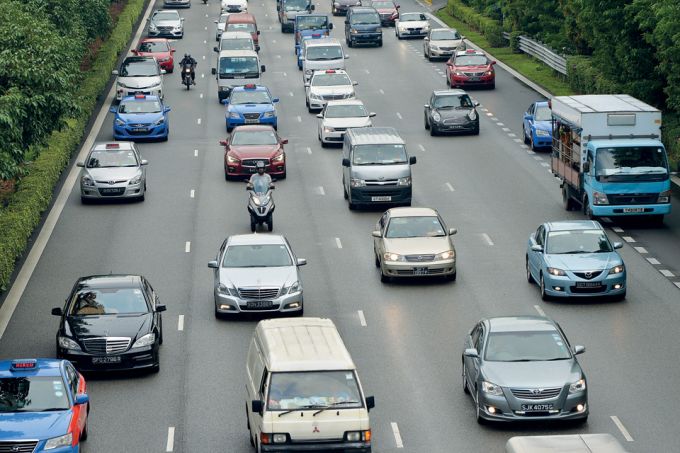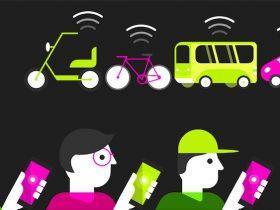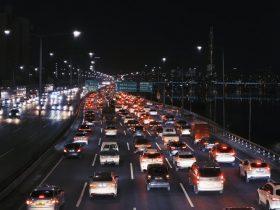By TANG WEI LENG
DRIVERLESS cars have gone from science fiction and fantasy to reality. Autonomous vehicle (AV) technologies are now reshaping societies, and they present strong business potential.
Carmakers and technology firms are in a race to develop AV technologies, and they have reached a level of advancement where some production cars are now equipped with driver assistance technology.
Tesla has produced vehicles with hardware ready for full autonomous driving capability. Audi recently launched its flagship model with conditional automated driving, where driver intervention is required under certain scenarios. These cars are expected to receive software updates over the next few years that could enable them to be fully autonomous in the near future.
However, there may be one decisive factor that determines the success of AV technologies – the built environment. In order to facilitate the deployment of driverless vehicles, cities must plan ahead and leverage AV technologies to work for their community, implement forward-thinking regulations and liability frameworks, and rethink how buildings are designed.
TRANSPORTATION DRIVES CITY DEVELOPMENT
As a city-state, and a small island, Singapore’s conditions are unique. Apart from housing, social, recreational and business needs, accommodating a seaport and an airport on the island with limited land required careful planning. This led to a growth in infrastructure development for all three modes of transportation – land, sea and air.
THE FUTURE IS AUTONOMOUS
While the challenges that Singapore faces today are different from the past, the government’s priorities have been resolute: to provide for economic growth and quality living; maintain a clean and green environment, and sustainable use of limited resources.
A small country like Singapore faces the challenges of a growing population and limited land area. In addressing these concerns, analysts believe that driverless vehicles play a key role in shaping the future of the country’s transport landscape. Thus, the government has intensified its push towards AV transportation.
Self-driving taxis made their debut in Singapore last year, where members of the public who had registered for the test service were able to hail free rides in one-north via their smartphones. Since then, the AV trials have advanced to more on-road scenarios in an expanded test area. The Land Transport Authority (LTA) recently expanded the current AV test bed in one-north to include areas around the vicinity, hoping that this will help to accelerate the development of AV technologies.
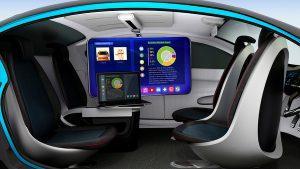
While the development of an autonomous future for transportation in Singapore is gathering speed, the vision is much greater. “Smart Nation” is Singapore’s vision that involves the government, citizens and businesses in co-creating a future Singapore that would improve the quality of life through technology-enabled solutions.
One of the five key domains for this vision that will have a significant impact is transport involving AV technologies.
RESHAPING THE BUILT ENVIRONMENT
The potential impact of the adoption of driverless cars is likely to influence commercial and residential real estate, in addition to industries such as insurance, car manufacturing and more. A report by Deloitte outlines the rapid expansion of shared mobility and AV initiatives as forces that are driving the transformation of transportation, real estate and area development in the near future.
It lists several scenarios and probable outcomes of the implementation of driverless cars that real estate developers and urban planners should study and plan for in the short and longer term.
A few examples discussed are: the experimenting of new policy instruments such as reducing the parking requirements in areas that are being (re)developed; the implications for real estate prices and the importance of location; a different city and road layout, and policy due to a potential decrease in parking and car ownership.
In the face of growing vehicle population and limited land for road expansion in Singapore, analysts envisage that increasing reliance on AVs will lead to a different approach to car ownership, and optimisation of road capacity.
These in turn have implications for the requirement of roads and how they are being laid out.
Among the most natural shifts we may see from driverless cars is the decrease in demand for parking space. If current trials and research and development of AVs are anything to go by, we can look forward to more energy-efficient vehicles that reduce congestion and the need for parking spaces.
As the need for parking lots wanes, some impacts on real estate planning are more immediately obvious.
Imagine underground parking spaces for commercial properties, and open air parking structures within residential estates that can be freed up and transformed for new purposes such as eateries, affordable housing and urban greenspace.
Real estate for the shipping and logistics sector could also be revolutionised by driverless trucks and drones.
More manufacturing and distribution property with less space dedicated to parking requirements could be built to help meet demand, as consumer goods become easier and faster to deliver as a result of AV technologies.
MORE THAN JUST VEHICLES
The future of Singapore’s transport system with AVs as the enabling technology could be a reality in 10 to 15 years, and the built environment must begin to adjust in anticipation. Analysts believe that the future land transport scene could be one where shared mobility such as buses and taxis are self-driving; and when fully integrated with mass public transport, commuting would be hassle-free and driving would be made redundant.
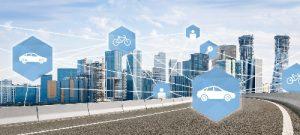
Regardless of how much AV technology will truly change our lives, the real estate industry is key in reshaping our cities and urban communities.
Developers and the authorities would need to work together on a long-term development strategy and policy to address Singapore’s priorities and unique set of challenges.
The shift is towards designing a city for the people, where AV technologies work for the community.
The writer is managing director, Colliers International Singapore









